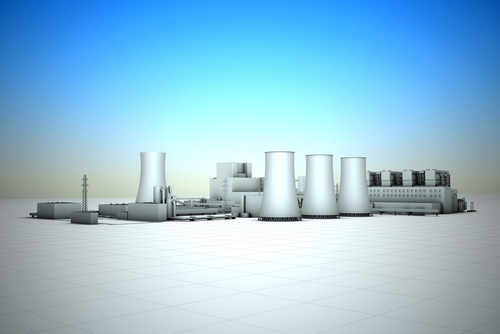Targeted Wastestreams in the Steam Electric Power Plant Proposed Rule
 |
Under the CWA, the EPA is required to periodically review ELGs to assess if revisions are necessary. However, for the steam electric power generating category, the last revisions were made in 1982. Even the EPA admits the current regulations are out of date, stating they “do not adequately address the toxic pollutants being discharged and have not kept pace with changes that have occurred in the electric power industry over the last three decades.”
Further motivation for the EPA to revise the ELGs came in a settlement with the Defenders of Wildlife that resulted in a consent decree, which since 2012 has been extended four times. As it stands now, the EPA published a proposed rule in June 2013 and committed in the last consent decree extension (April 7, 2014) to promulgate a final rule by September 30, 2015.
Join us for our Steam Electric Effluent Limitations webinar December 17 to prepare your facility for the proposed regulations you’ll find most challenging. Learn more.
The final rule is expected to establish new requirements based on Best Available Technology Economically Available (BAT), New Source Performance Standards (NSPS), Pretreatment Standards for Existing Sources (PSES), and Pretreatment Standards for New Sources (PSNS). The proposed rule covers both direct and indirect dischargers and provides several options, exemptions, and exclusions, but focuses on toxic metals generated in different wastestreams. For direct dischargers, the following wastestreams are included in the proposed rule:
- Flue gas desulfurization (FGD) wastewaters—BAT and NSPS limitations and standards for FGD wastewater for arsenic, mercury, nitrate/nitrite, and selenium.
- Bottom ash transport water—BAT limitations of zero discharge for facilities with a nameplate capacity greater than 400 megawatts (MW) and limitations equal to the current Best Practicable Control Technology Current Available (BPT) limitations for facilities with a capacity of 400 MW or less. NSPSs are proposed for zero discharge of bottom ash transport wastewater pollutants.
- Combustion residual leachate—BAT limitations equal to the current BPT limitations for low-volume waste sources under a preferred regulatory option. NSPS limitations would be established for arsenic and mercury.
- Gasification wastewater—BAT and NSPS limitations and standards for arsenic, mercury, selenium, and total dissolved solids (TDSs).
- Flue gas mercury control (FGMC) wastewater—BAT limitations requiring zero discharge of FGMC and NSPSs requiring zero discharge of FGMC.
- Nonchemical metal cleaning wastes—BAT limitations for two pollutants, copper and iron, and NSPS limitations for total suspended solids (TSSs), oil and grease (O&G), copper, and iron.
Steam Electric Effluent Limitations: How the EPA’s Final Rule May Impact Power Plants in 2015
Understand the EPA rule changes that lie ahead for steam electric effluent limitations and learn to develop a strategy that ensures compliance. Register now.
For indirect dischargers (i.e., discharging to a publicly owned treatment works (POTW)), the EPA analyzed the same wastestreams for their ability to pass through the POTW untreated. The analysis did not include biochemical oxygen demand (BOD5), TSSs, and O&G because POTWs are designed to treat those pollutants. The proposed rule includes the following for indirect dischargers:
- FGD wastewater—PSES/PSNS for arsenic, mercury, nitrate, nitrite as N, and selenium;
- Fly ash transport water—zero discharge limitations;
- Bottom ash transport water—zero discharge limitations;
- Combustion residual leachate—PSES/PSNS for arsenic and mercury;
- Gasification wastewater—PSES/PSNS for arsenic, mercury, selenium, and TDS;
- Flue gas mercury control wastewater—zero discharge limitations; and
- Nonchemical metal cleaning wastes—pretreatment standards for copper.
According to the EPA, facilities covered under the proposed rule are defined as those with “discharges resulting from the operation of a generating unit by an establishment primarily engaged in the generation of electricity for distribution and sale, which results primarily from a process utilizing fossil-type fuel (coal, oil, or gas) or nuclear fuel in conjunction with a thermal cycle employing the steam water system as the thermodynamic medium.”
Tomorrow we will look at the impacts before and after the proposed ELGs.
